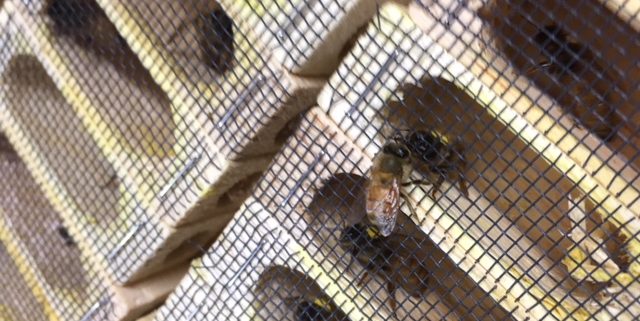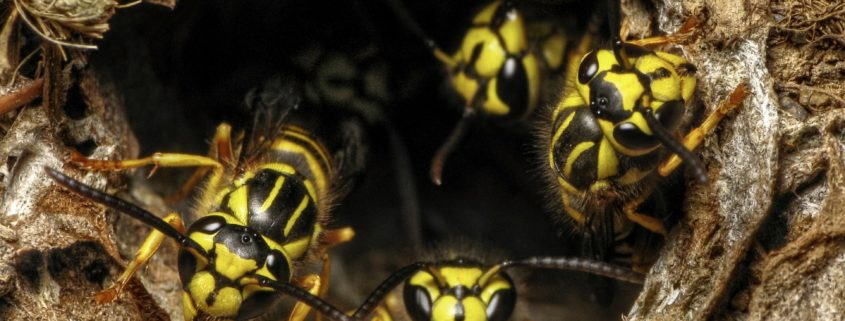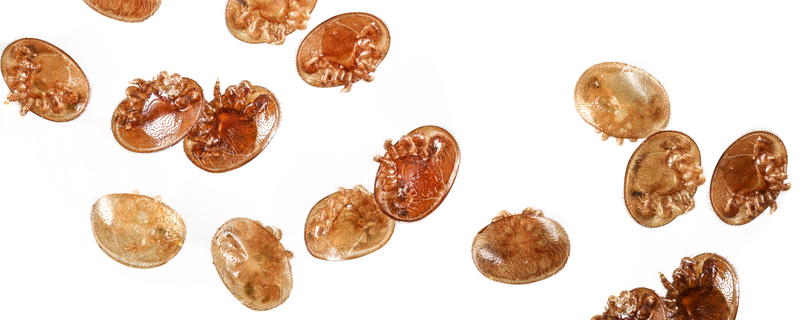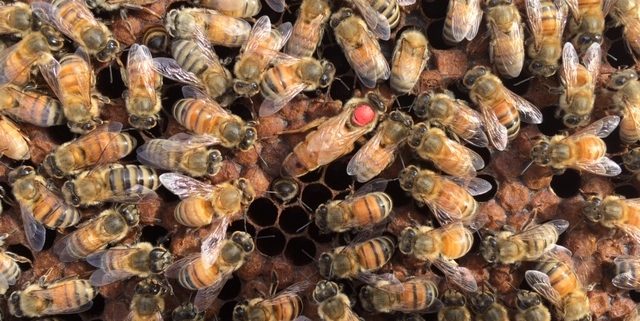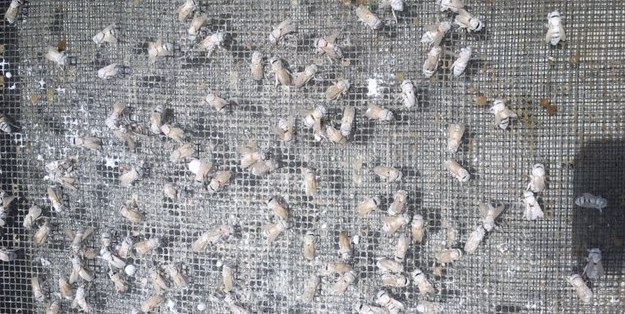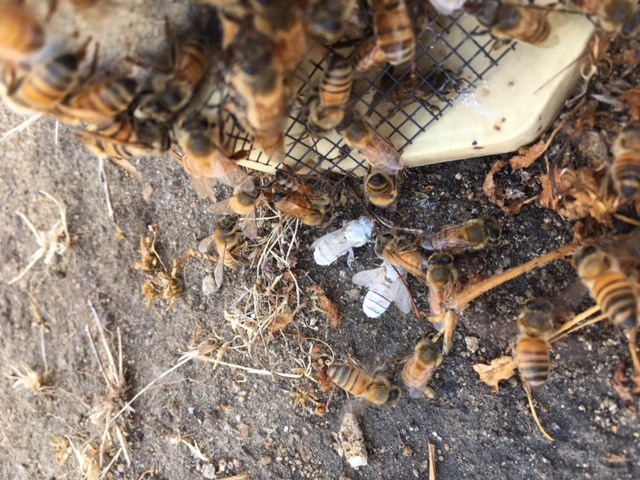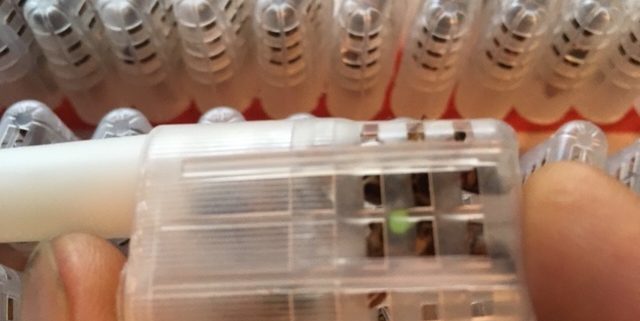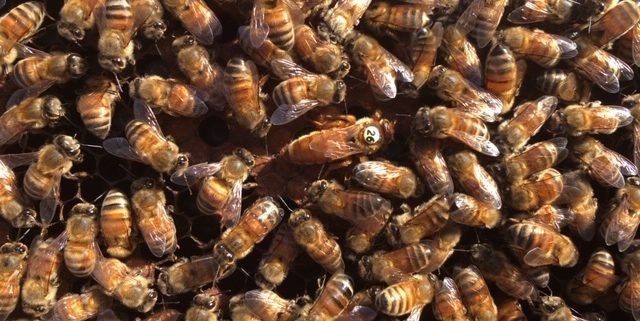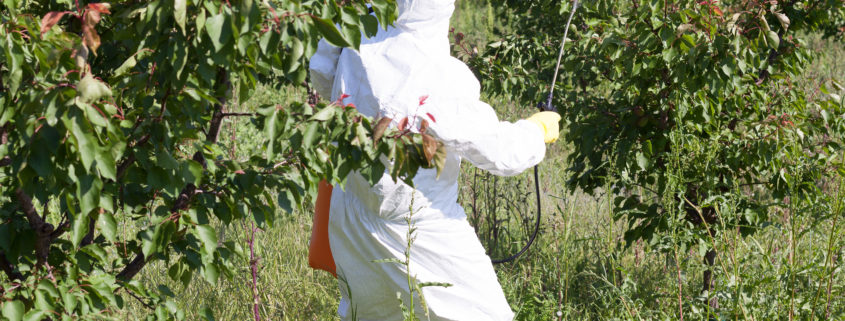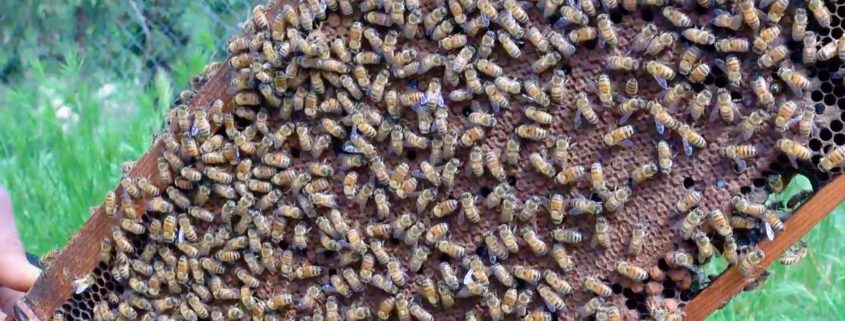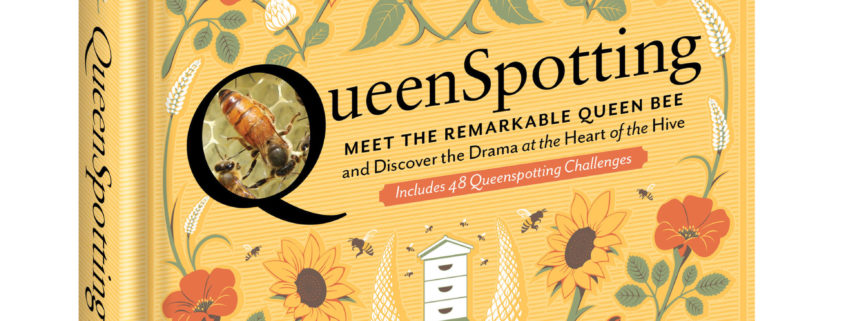As a queen producer, our goal at Wildflower Meadows is to constantly raise the level of natural varroa mite resistance in our stock with each new generation. For varroa mite control, we rely on the VSH trait that we continuously breed into our stock. The VSH trait enables the bees themselves to interfere with the varroa mites’ reproduction cycle, thus lowering the spread of varroa mites in the colony. The VSH trait controls varroa mites naturally, and we rarely see problems with high mite counts.
From time to time, however, beekeepers ask us if we know of any organic varroa mite treatments that complement the VSH trait in Wildflower Meadows’ VSH-Italian queens. Our answer is simple: With Wildflower Meadows’ VSH-Italian queens, you do not need to treat your honeybees for varroa mites. But, if your goal is to obtain the maximum level of varroa control, we recommend that you consider our simple organic varroa mite treatment.
Wildflower Meadows’ Simple Organic Varroa Mite Treatment *
To understand how this varroa treatment works, it is important to first understand that varroa mites must reproduce inside of a capped brood cell. They can live inside a colony on the bodies of honeybees, but they cannot reproduce unless they settle inside a capped brood cell for the duration of the brood cell’s life. When varroa mites are ready to reproduce, they seek out the cells of uncapped larvae that are just about to be capped. They then enter and hide inside the cells, where they begin their reproductive process once the cells are capped.
Here is the key to controlling varroa reproduction: If there are no larvae about to be capped, then there is no mite reproduction. Without larvae being capped, varroa mites have nowhere to go to reproduce. This is how African honeybees have been able to survive varroa mites so effectively. Because African honeybees frequently swarm, they regularly create new swarms that often take at least a week or two to get established. During this swarming period, there is no brood production. As a result, the varroa mite population in the swarm naturally declines, and the mites have no way of reproducing and gaining a foothold. The swarm basically starts its new life relatively free of varroa mites.
As beekeepers, we can easily recreate the same broodless conditions inside of our colonies. The event of requeening is the perfect time to do this. This simple organic varroa treatment works best during the summer when varroa mite populations are naturally on the rise, and it is an excellent accompaniment to summer or fall requeening.
The simple varroa treatment is to remove the old queen two to three weeks before adding a new Wildflower Meadows’ VSH-Italian queen. About five days after removing the old queen, seek out and remove any natural queen cells. Then check again a few days later to make sure that you did not miss any. This colony can safely stay queenless for two to three weeks and still have a small amount of brood remaining for introducing the new queen two to three weeks later. While the colony is queenless, new varroa mite reproduction will be impossible. Many of the adult varroa mite will die of natural causes, while others will be removed by the bees’ normal grooming. By the time that the new queen begins laying and her larvae reaches the stage of capping, several weeks will have passed. During this period, the varroa mite population inside the colony will have been greatly reduced.
If you can recreate this two to three weeks’ window of no mite reproduction within your colony, then the varroa mite population will naturally decline, just as it does in a wild swarm, resulting in a relatively “fresh start” for the bees inside the colony. Then, if after this period of varroa decline, you add a Wildflower Meadows’ VSH-Italian queen, the varroa mite population will continue to stay in check.
* This method is only advised for strong and robust colonies that can afford to be queenless for two to three weeks. We do not advise this method for weak or dwindling colonies.

